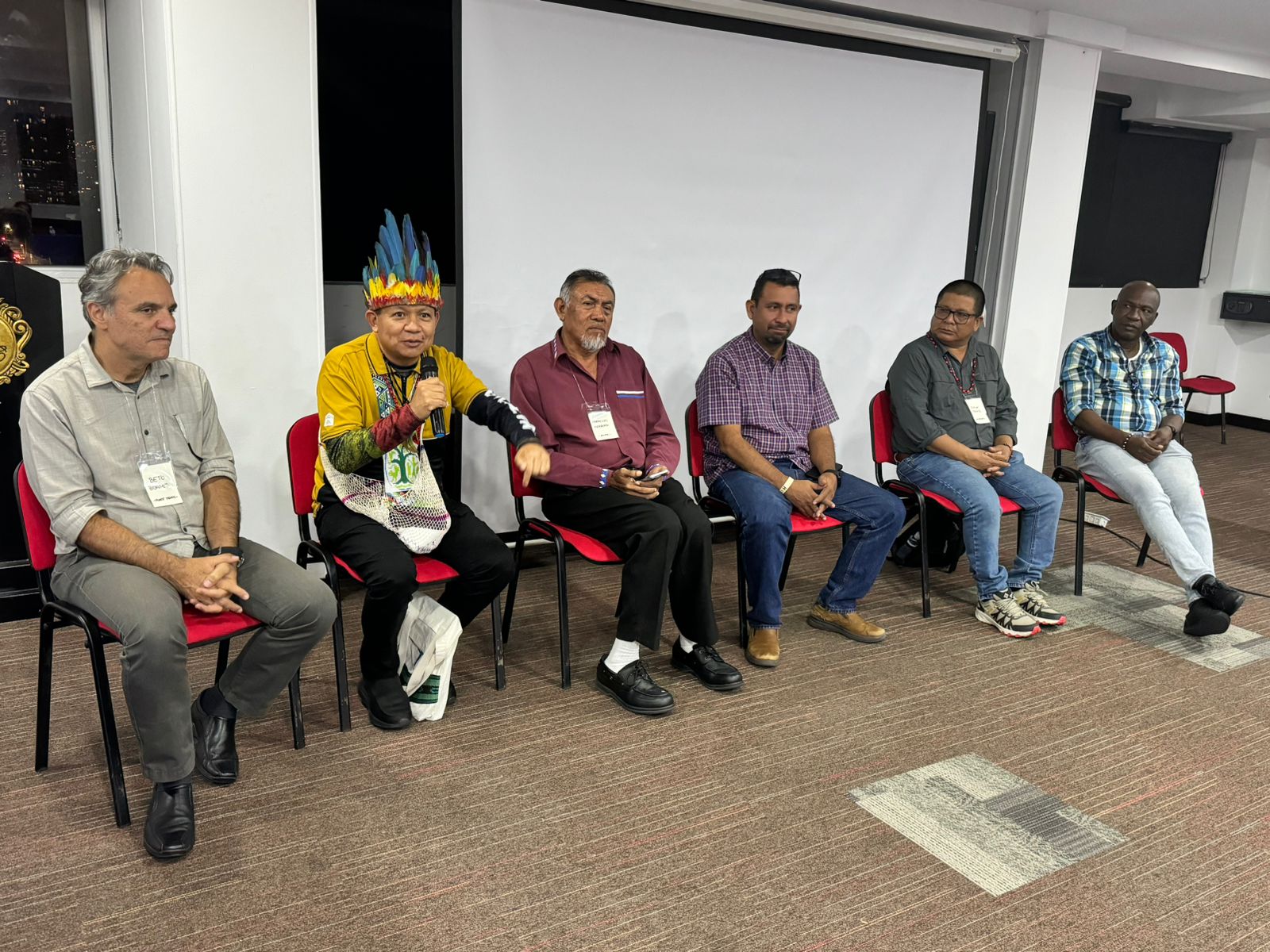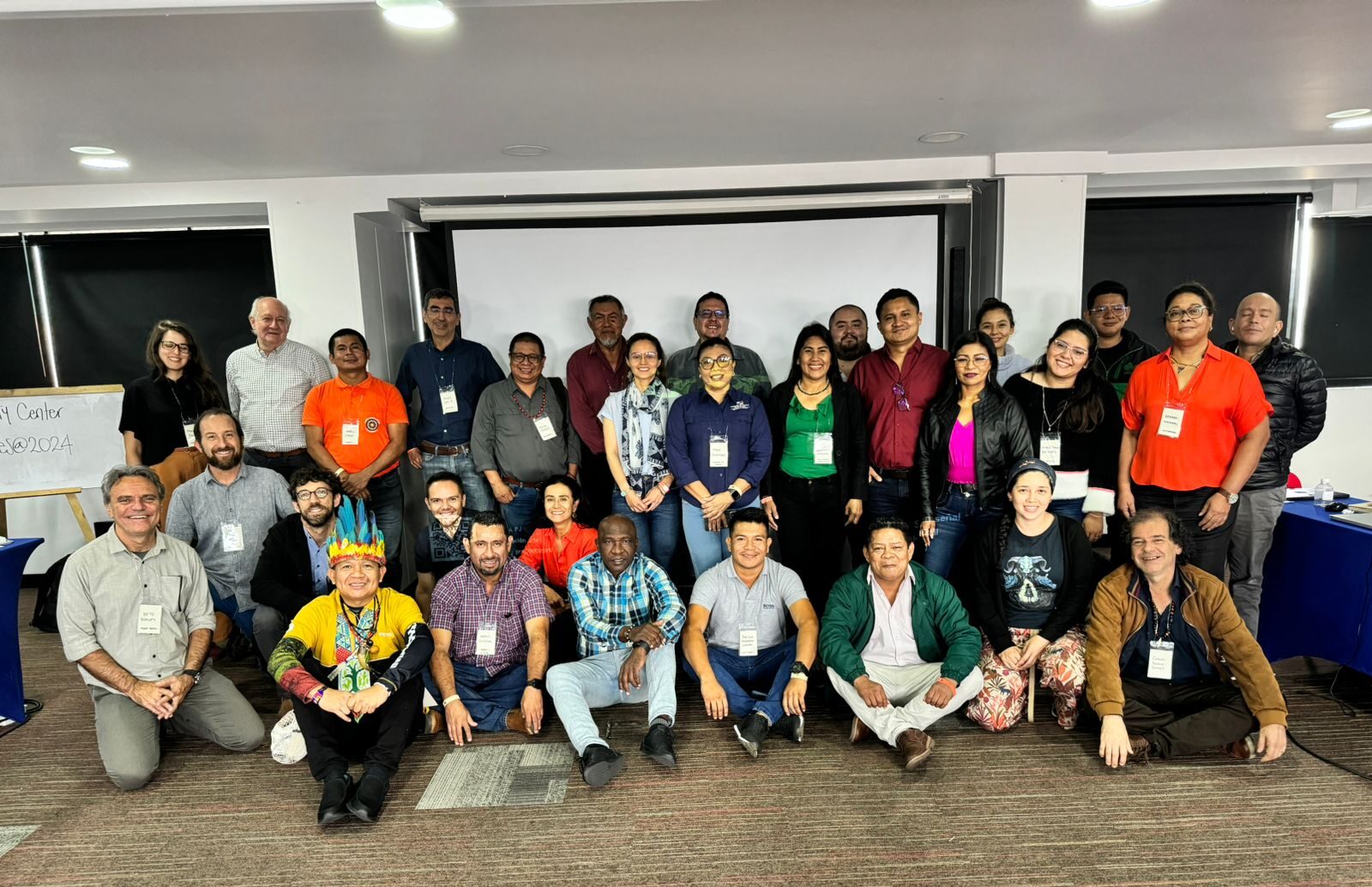Global efforts to curb climate change rely on putting a stop to deforestation that is illegal or unsustainable. Tropical deforestation and other land conversion account for about 20 percent of global emissions. Protecting the world’s forests prevents these emissions, safeguards biodiversity, provides homes and livelihoods for traditional communities, and can absorb as much carbon dioxide per year as three years’ worth of US carbon emissions.
The voluntary carbon market (VCM) has emerged as an important tool for financing forest conservation and restoration. According to Ecosystem Marketplace’s 2024 State of the Voluntary Carbon Market report, carbon credits for forestry and land-use projects made up the largest share of the market in 2023, both in price and number of credits produced.
However, to be eligible for carbon finance through the VCM, projects need to fit one of a few very prescriptive categories: Afforestation-Reforestation and Revegetation (ARR), which focuses on restoring degraded forests; Improved Forest Management (IFM), which includes activities that increase carbon storage by improving forestry practices; or REDD+, which focuses on reducing deforestation in the highest-risk areas.
Projects in these three categories all require clearly demonstrated additionality, which is a concept that requires forest carbon projects to prove that their work directly resulted in emissions reductions. In other words, it is much easier to visualize and measure the benefits of an investment in an area that has a degraded, less complex baseline. Standing forests with no history of deforestation threat and no easy-to-point-to threat at present, known as High Forest, Low Deforestation (HFLD) areas, are generally not good candidates for carbon credits.[1]
This climate finance model status quo means that forests with more immediate deforestation threats – and therefore more obvious additionality – receive the bulk of climate funding.
Why do these forests – and the communities safeguarding them – need resources?

A few reasons: first, a baseline history of low threat isn’t a good predictor for future stability. Deforestation is sensitive to macroeconomic and policy change, and what’s happening right now on the ground, or likely to happen in the near future, isn’t necessarily going to show up in historical trends. We saw that very clearly in Brazil during the Bolsonaro years. Secondly, the primary problem in many forests owned and managed by indigenous peoples and local communities (IPLCs) and afro-descendants is degradation, not deforestation. This is not easily tracked through remote sensing and is thus overlooked. Third (and here we get more philosophical), if we value these forests – and clearly they have enormous value – we should put our money where our mouths are. Yet there aren’t many robust mechanisms out there for HFLD forests.
Current climate finance mechanisms leave HFLD areas underfunded, threatened, and fail to acknowledge and support IPLCs who continue to do the critical work of protecting the world’s forests at a great cost to their rights and livelihoods.
How investing in standing forests benefits all
Investing in areas where deforestation has been avoided, usually due to the stewardship of IPLCs, benefits not only communities and countries, but the entire world by protecting biodiversity and the world’s largest remaining carbon sinks and drivers of regional water cycles. Over 60 percent of potential carbon storage can be achieved by simply conserving forests that are still standing. Avoided deforestation generates long-term additionality, too. Protecting standing forests prevents future land conversion for mining, agriculture, roads, or other development – all of which would cause a spike in emissions.
At Forest Trends, we believe the best practice for replanting and protecting forests is two-fold: as much as we replant and restore degraded land, we must put just as much time, energy, and money into protecting the forests we have. To paraphrase a representative at Wildlife Works, we need to shift from models that favor “compensating for harm” to models that “pay for good.” Supporting forest stewards is a way to pay for a whole lot of good. When they have the capacity and resources they need, communities are more effective at protecting their territories than government-managed protected areas. What’s more, it is a way to support and acknowledge them for the services they are providing the entire planet.
Our Communities and Territorial Governance Initiative (CTGI) has been working directly with IPLCs and other NGOs for the past 20 years to promote the importance of driving finance to High Forest, Low Deforestation (HFLD) areas and the recognition of communities who are successfully keeping their forests healthy. Beyond financing forests with low deforestation, we focus on Territories with Minimal and No Deforestation (TwMND). In addition to focusing on the forests themselves (the HFLD areas), this approach is community- and rights-based. Equitable climate finance means going beyond the climate- and biodiversity-based value of forests; forests have immeasurable value for the millions of people whose cultures and traditions are inseparable from their homelands, not to mention the livelihoods forests can provide.
Standing forest investments in action
As part of this strategy, CTGI recently hosted a workshop on TwMND and HFLD Areas in Carbon Markets and Climate Finance Programs in Bogotá, Colombia in partnership with the Mesoamerican Alliance of Peoples and Forests (AMPB), Proceso de Comunidades Negras, and the National Organization of Indigenous Peoples in the Colombian Amazon (OPIAC). Participants included 48 indigenous and local representatives, afro-descendants, NGOs, and climate finance practitioners.
José Gregorio Díaz Mirabal, member of the Huacana and Curripaco People and Climate Change and Biodiversity Coordinator at the Coordinating Body of Indigenous Organizations of the Amazon Basin, emphasized: “[The climate finance space is] complex. There are many options, and I believe that during this event, we were able to communicate key views and ideas.”
The workshop served as an important collaborative platform for IPLCs, afro-descendants, and participants from HFLD areas to vocalize the kinds of technical and financial support they need to equitably participate in climate finance and fund the protection of their forests. Participants brainstormed together with NGOs and practitioners on alternative channels (besides carbon markets) that can direct funding to the ground and work for their diverse needs.
Some clear themes have emerged from this work:
1) Strengthening current financing options for HFLD and TwMND areas and trouble-shooting obstacles communities face in obtaining funding.
Continuing to improve how baselines, which are the projected changes in forest carbon stocks without project intervention, are calculated is one way to get more finance to TwMND and HFLD areas. Remember that clear additionality is currently a priority for carbon credits, so when baseline calculations show high risk, that means more finance for that area. However, these calculations are often based on land-use change, usually deforestation. Focusing baseline calculations on forest degradation, which encompasses things like illegal logging and mining, just as much as deforestation, can help capture the deeper complexities of what a healthy forest looks like.
Utilizing HFLD credits through the ART methodology (see endnote 1) is another option. These credits can provide a new revenue stream for areas maintaining high forest cover.
Lastly, climate finance programs like REDD+ are extremely technical and can be challenging for communities to navigate. Workshop participants called for more accessible information on the different climate finance opportunities available to them, as well as Free, Prior, and Informed Consent (FPIC) to participate equitably in these opportunities.
2) The necessity of training and technical assistance for local and indigenous peoples to advocate for increased recognition and funding for HFLD areas, and TwMND in particular.
Participants highlighted the need for quality, transparent information so they can make informed decisions about what is best for their territories.
3) Strategies to drive more finance to HFLD and TwMND areas on a global scale.
This could include mechanisms like forest-friendly livelihood support or driving funds directly to communities. There are also emerging asset types that operate outside carbon markets, like HIFOR units or biodiversity credits. These innovative mechanisms can be important alternatives when carbon markets are not the right fit for communities.
Above all, “[This workshop helped support] our understanding of concepts [relating to HFLD]. The presentations made by our colleagues helped give us tools to be able to advance in many internal, territorial, cultural, and social issues. For me, that was a great learning experience,” said José Luis Hernández Londoño of the Association of Traditional Indigenous Authorities of Vaupés.
Beto Borges, Director of CTGI, says: “Recognizing and compensating the contributions of territories with minimal or no deforestation (TwMND) to climate change mitigation faces significant limitations and bottlenecks. It is essential to develop strategies that ensure their contributions are valued and recognized by carbon markets and alternative finance strategies. Addressing these challenges will not only promote environmental sustainability but uphold the rights and livelihoods of these key stewards of our natural heritage.”

[1] There are some exceptions to this generality, however. For example, the Architecture for REDD+ Transactions (ART) initiative has developed an approach to drive finance to HFLD areas, allowing these areas to benefit from carbon market finance. This methodology has been accepted by the Lowering Emissions by Accelerating Forest finance (LEAF) coalition, which is a major initiative to secure private funding for REDD+. More information on ART’s HFLD approach can be found here: https://www.artredd.org/faqs/#hlfd.
Viewpoints showcases expert analysis and commentary from the Forest Trends team.
Connect with us on Facebook and Twitter to follow our latest work.
